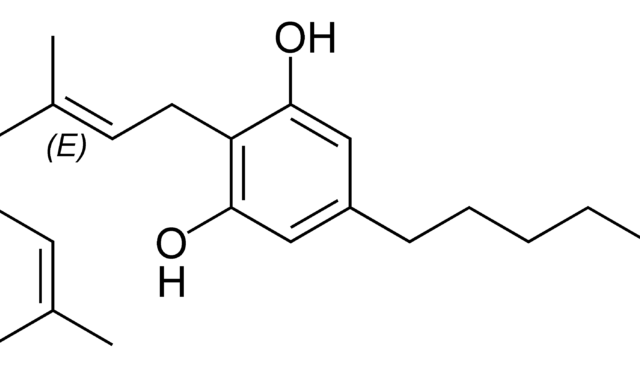
Medical cannabis is now legal in 36 states and South Dakota bet on joining in July the number will be 37 and count. As a result, cannabinoids as the basis of cannabis as a medicine are receiving increasing attention. Tetrahydrocannabinol (THC) and cannabidiol (CBD) have long been the focus. Now scientists are paying more attention to lesser-known cannabinoids, and cannabigerol (CBG) is now to be in the spotlight.
A recent study published in Journal of Pharmacology and Experimental Therapeutics highlighted some important things we need to learn about CBG in the context of its therapeutic potential. [1]
Below is a breakdown of the same.
How does CBG come about?
CBGA, the acidic form of CBG, is a precursor molecule for most cannabinoids. As a result, it is found in tiny amounts in raw cannabis.
Olivetolic acid and geranyl pyrophosphate normally form cannabigerolic acid (CBGA). Decarboxylation (when exposed to heat) converts CBGA into CBG.
How does CBG work?
The study found that CBG has close similarities to THC and CBD in its interaction with the endocannabinoid receptors. However, it has unique interactions with serotonin and adrenergic receptors. [1]
CBG acts similarly to Δ9-THC on the cannabinoid receptors (CB1 & CB2). However, it shows an affinity that is 5-27 times lower at both receptors. A Human Cell Culture Study showed negligible activity at both receptors. [2] Therefore, more in vivo research is needed to elucidate the true interaction of CBG with these receptors.
CBG’s activity on TRP channels compare with that of CBD, but with a slight difference in affinity. [3] These are TRPA1, TRPV1 and TRPV2. TRPV3, TRPV4 and TRPM8.
What is the therapeutic significance of CBG?
This is the whole point, and it appears that CBG has great promise in this area. The researchers highlighted four potential benefits of CBG that require further study.
- Neuroprotection and neuromodulation that can be used to reduce the severity of neurological conditions including Parkinson’s and Huntington’s diseases.
- A therapeutic agent for GI diseases such as colon cancer and colitis. This has been demonstrated in mouse models.
- Play a potential role in multifactorial pharmacotherapy for the components of metabolic syndrome
- Antibacterial activity against antibiotic-resistant strains such as Staph aureus
CBG shows promise as a therapeutic molecule and more research is needed to determine its safety and effectiveness.
Image source
https://commons.wikimedia.org/wiki/File:Cannabigerol.png
References
1. Rahul Nachnani et al. (2021). Potential clinical applications of CBG. Journal of Pharmacology and Experimental Therapeutics. 376 (2), pp. 204-212
2. Granja, AG et al. (2012). A cannabis olquinone alleviates neuroinflammation in a chronic model of multiple sclerosis. Journal of Neuroimmune Pharmacology: the official journal of the Society on NeuroImmune Pharmacology, 7th(4), 1002-1016.
3. Muller C, et al. (2019). Cannabinoid Ligands Targeting TRP Channels. Front Mol Neurosci 11:48.
